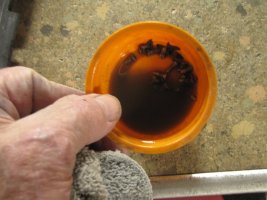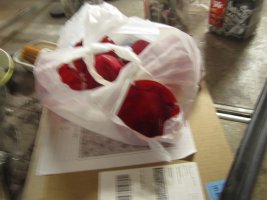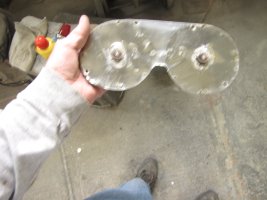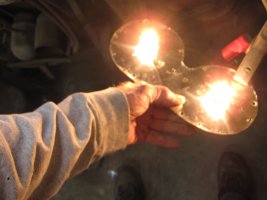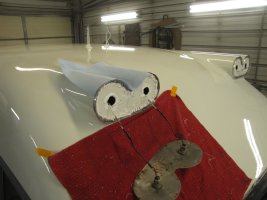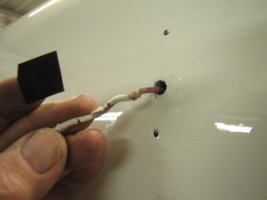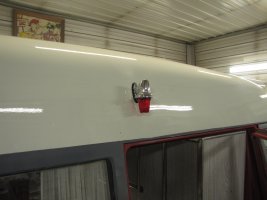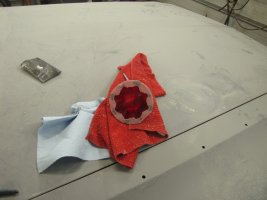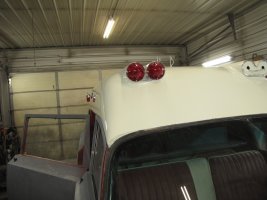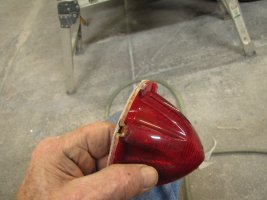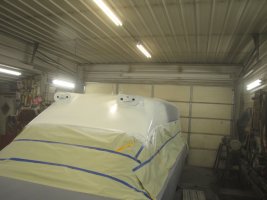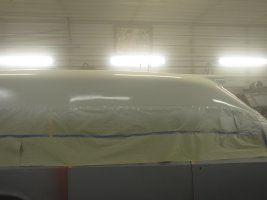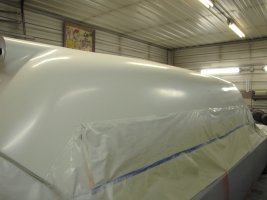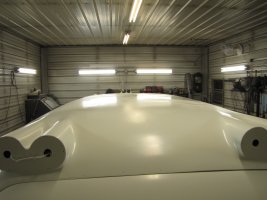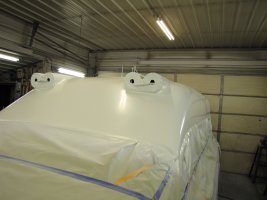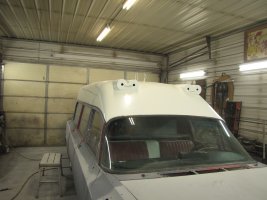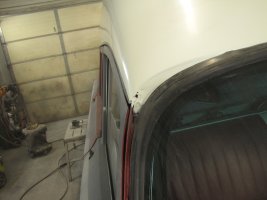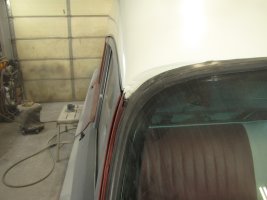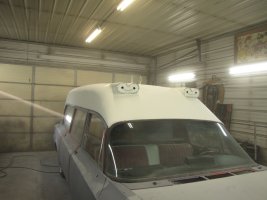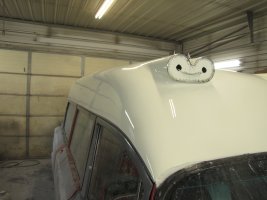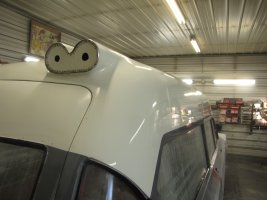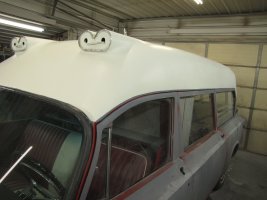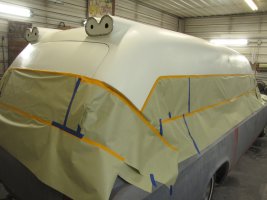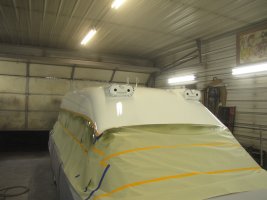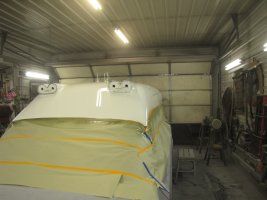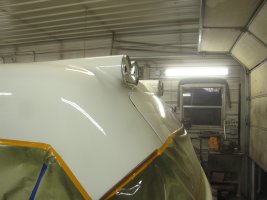We'll get the chewed up under side of the front pan. Now that the bumpers are off it will be easy enough. The engine bay is in good shape all original still so I'm not messing with it. As soon as i get the top done and the new floor in the back the car will go back up on the jack stands so we can access the under things that need some work . I did get the rust converter on things the sub frames could stand a coat of pant . Especially in the front. Not sure how will i can get things with out a lift but we can get it up enough to get a good look and touch up any bad places. The right side had a couple holes under the cabinet that i got when we did the patches. But haven't crawled under the whole car yet.
You are using an out of date browser. It may not display this or other websites correctly.
You should upgrade or use an alternative browser.
You should upgrade or use an alternative browser.
63 Pinner Hightop
- Thread starter John ED Renstrom
- Start date
the curse of living in a small town. I ran out of 400 paper this weekend so stopped in Monday to get so the parts store didn't have any ordered it. it came in today so now we have a gray and white car. next is to let it cure and then 600 it and shoot the clear coat on. then get it back together so we don't have to crawl over the fresh red to do that. the top is defiantly bigger than it looks we used up 3 gt. of paint on it.
Attachments
-
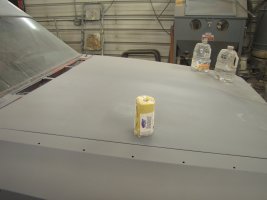 IMG_1560.JPG833 KB · Views: 15
IMG_1560.JPG833 KB · Views: 15 -
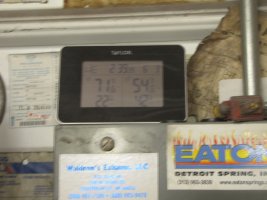 IMG_1561.JPG889 KB · Views: 13
IMG_1561.JPG889 KB · Views: 13 -
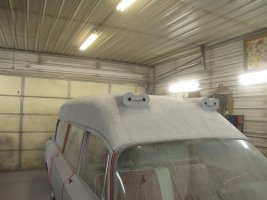 IMG_1562.JPG947.1 KB · Views: 11
IMG_1562.JPG947.1 KB · Views: 11 -
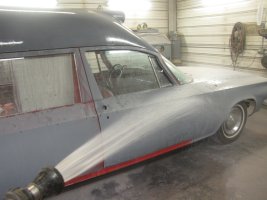 IMG_1563.JPG911.6 KB · Views: 10
IMG_1563.JPG911.6 KB · Views: 10 -
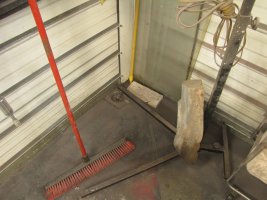 IMG_1564.JPG1,010.8 KB · Views: 10
IMG_1564.JPG1,010.8 KB · Views: 10 -
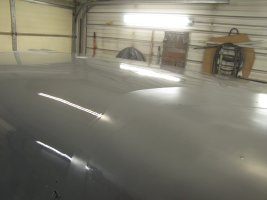 IMG_1565.JPG857.9 KB · Views: 11
IMG_1565.JPG857.9 KB · Views: 11 -
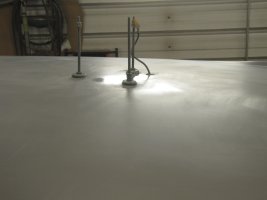 IMG_1567.JPG810.9 KB · Views: 10
IMG_1567.JPG810.9 KB · Views: 10 -
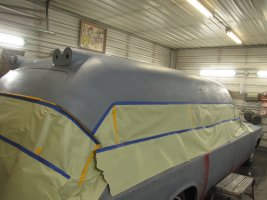 IMG_1568.JPG976.6 KB · Views: 10
IMG_1568.JPG976.6 KB · Views: 10 -
 IMG_1569.JPG992 KB · Views: 13
IMG_1569.JPG992 KB · Views: 13
first task it to get it cleaned up the car and the shop. I might not have water in the building, but I do have a drain. we can at least hose thing out.
Attachments
tis that time of the year to forget what you're doing. but we were able to get back on the car. while we let it cure for a bit, we can get the trim rings cleaned out for the top lights. they have a lot of paint on them and a little rust. hand made from looks like shelf edging. they were assembled on the car under the reflector and since I'm clear coating not rubbing the topcoat out, I would like to polish and clear them with the top. hope they will stay shiny longer. since they are handmade, I marked them for location as each is just a little different. it's clean up test fit each one Nick will be glad I don't charge by the hr. but hoping to be able to seal them up this way and keep them from rusting out. 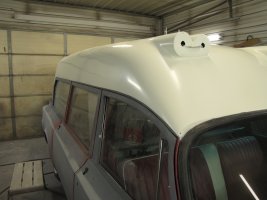
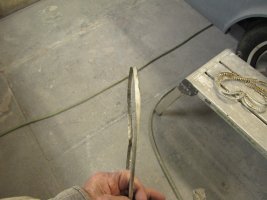
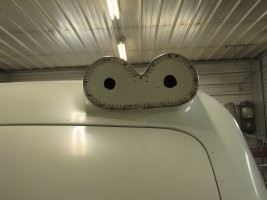



Christmas and things happening really slow thing down. got to get some work done today. polished the last of the light rings. we have been pop riveting them in place. the only thing constituent is that they all don't fit in the middle. we have been screwing them down with the holes for the lights first then redrilling and putting in a 3/32 rivet. then test fitting the reflector to be Shur we will not have any problem after they are cleared. worked good till the last one. the buffer grabbed it and I now have two holes in my wrist and nose. the nose was worse but any emergency that doesn't require a trip to the ER is not worth noting. I have no problem with blood unless it mine. but it did slow thing up a bit. got it the right shape and in. started sanding with 600 so we can get the clear on and get this top done. the trick is to just remove enough paint, so you don't see and shiny streaks in the light. you are looking at the shrink from drying. and a little fall back on top from having the shop closed up. if we were buffing, we would be doing the same thing. with lacquer it's 2 coats to cover, one to sand and one to buff off. with the clear we are skipping the buff.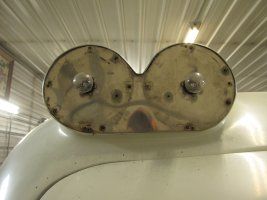
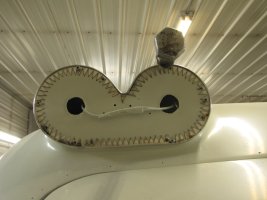
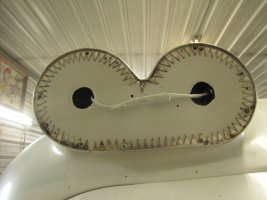
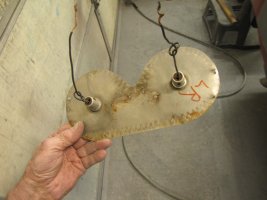
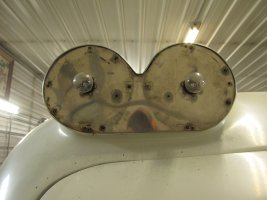
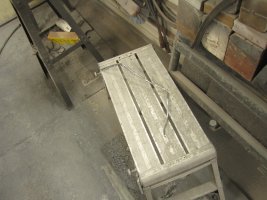
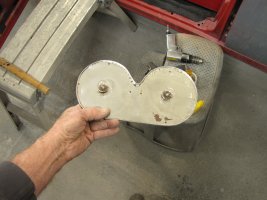
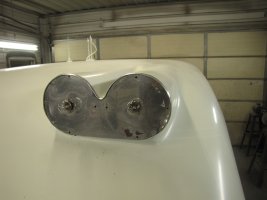
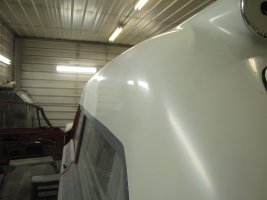
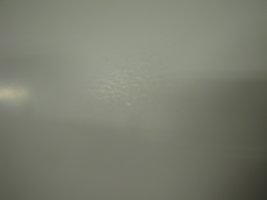










Philip Scanio
PCS Member / Super Site Supporter
Shines like a diamond ring!
today we start the reassembly. it takes twice as long to put it back together then take it apart. one has to clean up and repair first. we did get the samples of the flooring in today. they are a nice reproduction of the original. the color and pattern look right, I would guess there is a clear coat then goes on top, but you can't get any better match. found all the tiny screws for the reflectors, dug out the parts out for the modal 17 and the side lights. let the cleanup commence. super glue with stick the gromets back together for the side lights I don't think I have ever seen any like these. so, no chance to get new ones. we have the screws soaking in the rust remover. they are plated but the holes they went into were not. I take advantage that there is not a woman in the house and run the marker lens threw the dishwasher. 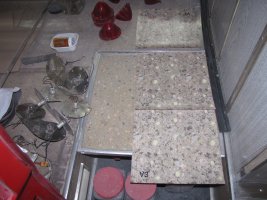
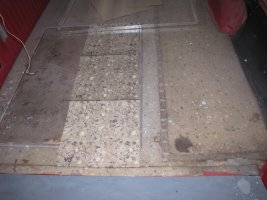
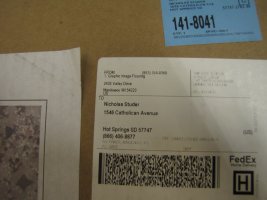
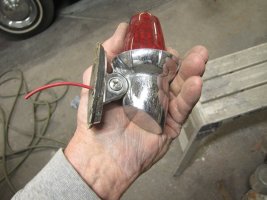
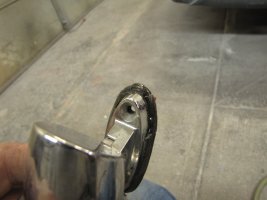
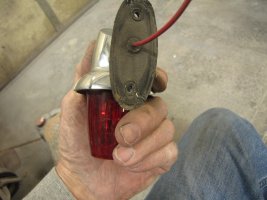
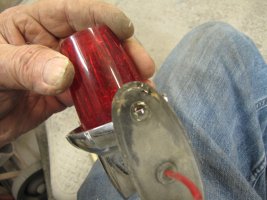
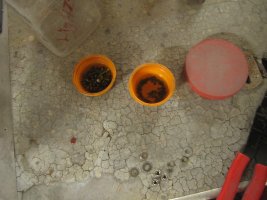
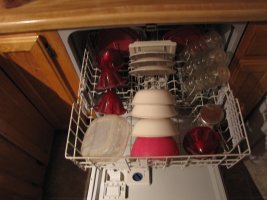









Those are pretty standard marker lights from the period. They should have rubber base gaskets. The lenses were available in a myriad of colors. Amblewagon used them for interior lighting in their conversions.
The base grommets have split in the corners. The super glue put them back togather.
and the excitement continues. the lenses cleaned up nicely. polish the reflectors time and get the lenses in place firs we need a gasket of some Sorte just looking to keep dirt out and shed the water. this packing foam will work well if we can get it to stick. don't want to fill the reflectors with stuff so a drop of weather strip adhesive on the flats will do it. as long as we are doing one let's do 8. I'm going to use a small amount of seam sealer around on the teeth we don't want to squish it out, but I do want to seal up the hole that goes into the body let's keep the water outside if we can. found a cut in the isolation of the side light so a round of tape will take care of that. the twisted wire and tape only lasted 60 some years, so guess it can't be that bad. we put the light back that way. you can get them off without cutting the wires if the need arises. the only thing I did not think of was the lenes have been trimmed the fit the handmade surround. I didn't mark them. got lucky with the first light it took me 6 lenses to get the second one. but the good news is I know now were 4 of them go. that will speed thing up tomorrow. just never thought they would trim the lenses to fit the surround. can you spill hand built? 